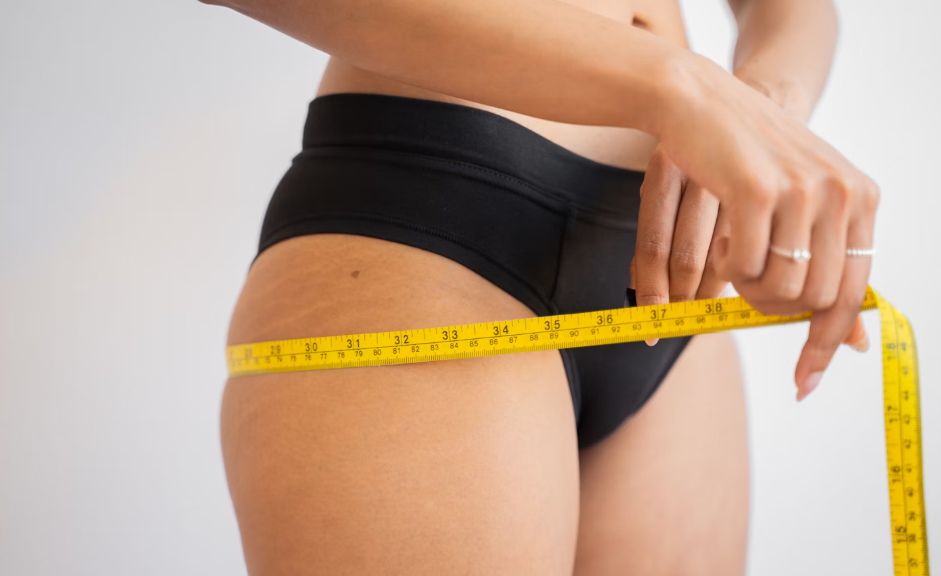Email cannot be empty
Password cannot be empty
Email format error
Email cannot be empty
Email already exists
6-20 characters(letters plus numbers only)
The password is inconsistent
Email format error
Email cannot be empty
Email does not exist
6-20 characters(letters plus numbers only)
The password is inconsistent

Cryolipolysis, or fat freezing, has gained popularity in recent years as a non-invasive method for targeting stubborn fat deposits. One of the key components of this process is the cryolipolysis membrane for fat freezing. These membranes play a crucial role in the procedure by ensuring that the cold temperature is applied evenly and safely to the targeted fat areas. If you’re considering incorporating cryolipolysis into your treatment offerings or just curious about the process, this article provides useful tips and precautions to ensure safe and effective results.
Before diving into the specifics of cryolipolysis membranes, let’s quickly review what cryolipolysis is and how it works. Cryolipolysis is a technique that uses controlled cooling to break down fat cells in targeted areas. It’s most commonly used for contouring the body by reducing unwanted fat in areas like the abdomen, thighs, flanks, and chin.
The idea behind cryolipolysis is that fat cells are more sensitive to cold than other cells, which means they can be targeted without affecting the surrounding skin, muscles, or nerves. Once the fat cells are cooled to a specific temperature, they undergo apoptosis (cell death) and are gradually eliminated from the body through the lymphatic system.
The cryolipolysis membrane for fat freezing is a vital part of the system. It’s a thin layer placed between the skin and the cooling pad or applicator during the procedure. Its purpose is to:
To get the best results from cryolipolysis and ensure that the cryolipolysis membrane functions as intended, follow these essential tips.
Not all cryolipolysis membranes are created equal. When purchasing, always opt for high-quality, medical-grade membranes that are designed for use in professional settings. These membranes should be durable, flexible, and capable of withstanding the cooling process without breaking down or causing skin irritation.
Imagine using a low-quality membrane that rips or tears during the procedure. This could lead to uneven cooling, skin damage, or even a less effective fat reduction treatment.
Proper placement is key to ensuring that the membrane works as intended. It should be securely positioned between the skin and the cooling applicator to create an even barrier. Any folds or air pockets in the membrane can lead to uneven cooling, which may affect the treatment’s outcome.
Tip: Double-check the positioning before starting the treatment. Make sure the membrane covers the entire target area, and there are no creases.
The cryolipolysis membrane works in tandem with the cooling applicator, so it’s important to adjust the temperature settings to the correct level. While each machine may have its own recommended temperature, typical cryolipolysis treatments use temperatures between -5°C and -10°C (23°F to 14°F). It’s crucial to monitor the cooling level to ensure the procedure is effective but not too intense.
Too high of a temperature may lead to suboptimal results, while too low a temperature could cause skin damage, even with a protective membrane. Always refer to the manufacturer’s guidelines for optimal temperature settings.
Cryolipolysis is a safe procedure when done correctly, but there are some important precautions to follow when using cryolipolysis membranes to avoid complications.
Before applying the cryolipolysis membrane, perform a quick skin test to ensure the patient has no allergic reactions or sensitivities to the materials. This is especially important for individuals with sensitive skin or those who have conditions like eczema or rosacea.
Tip: If you're performing the treatment on yourself or a client for the first time, test the membrane by placing a small piece on a discreet area of skin and observing for any reactions.
One of the most common mistakes in cryolipolysis treatments is overexposing the treatment area to cold. While fat freezing is effective, excessive cold exposure can lead to side effects such as skin frostbite or nerve damage. The cryolipolysis membrane can help prevent these risks, but it’s still essential to follow recommended treatment times.
Tip: Cryolipolysis sessions typically last 30–60 minutes, depending on the area being treated. Avoid exceeding the recommended time even if you believe the treatment hasn’t had enough of an effect yet.
After the treatment, ensure that the patient follows aftercare instructions to maximize results and minimize side effects. It’s normal to experience some redness, swelling, or numbness in the treated area, but these should subside within a few hours to a couple of days.
One of my clients had an initial bout of redness and tingling post-treatment. However, after following the aftercare instructions—keeping the area moisturized and avoiding hot showers—the symptoms went away, and they were thrilled with the results!
Despite the protective nature of the cryolipolysis membrane, mistakes can still happen. Here are some signs that you may be using it incorrectly:
Using a cryolipolysis membrane for fat freezing is an essential part of the fat-freezing process, providing protection to the skin and ensuring even, effective cooling. By following the tips and precautions mentioned in this article, you can maximize the benefits of cryolipolysis and ensure that your treatment sessions yield the best possible results.
Whether you're a beauty professional or someone looking to try cryolipolysis for personal use, always remember to use high-quality membranes, ensure proper application, and never skip on aftercare. With the right approach, cryolipolysis can be an excellent way to target stubborn fat, contour the body, and boost self-confidence.
Note: When in doubt, always consult with a professional or reach out to us for additional guidance on cryolipolysis membranes and fat freezing procedures.